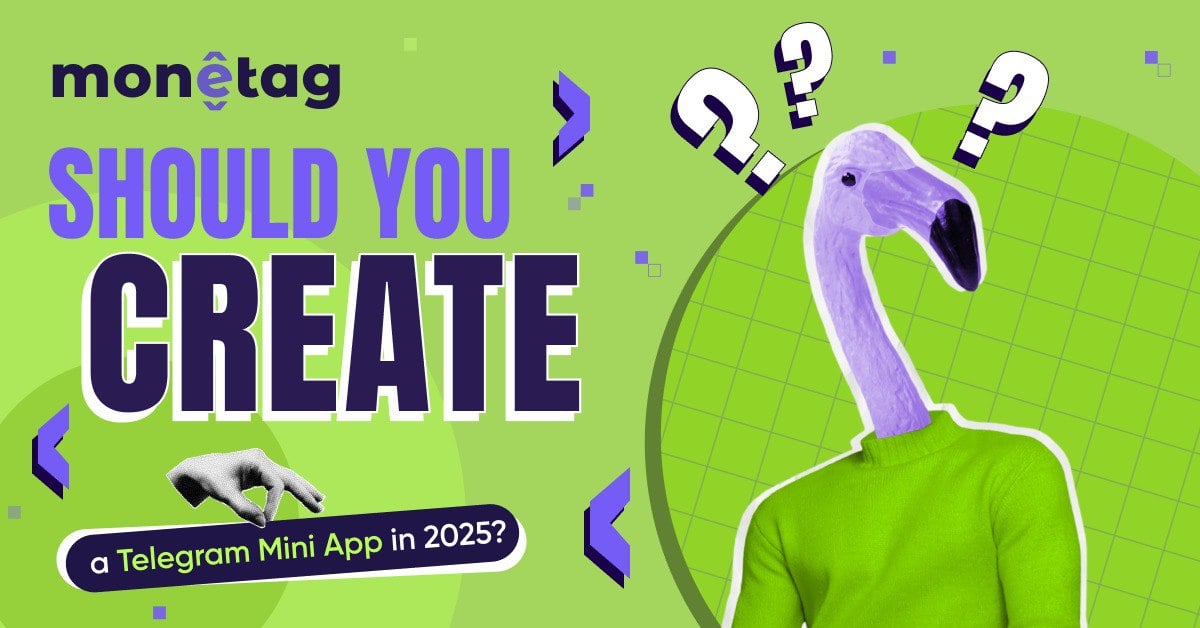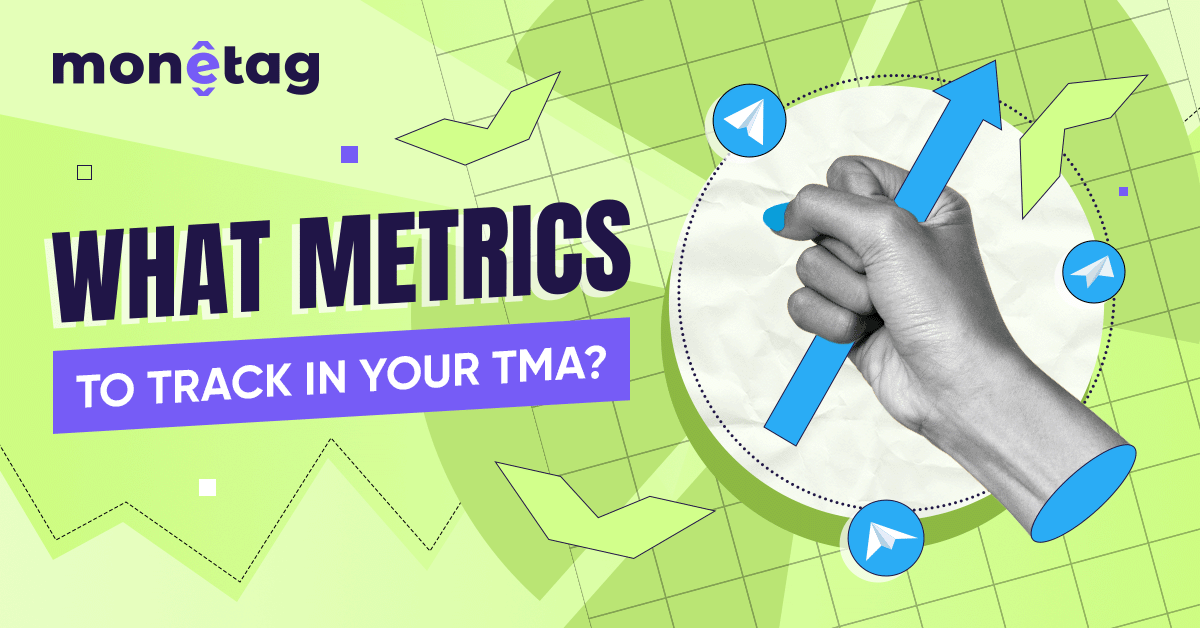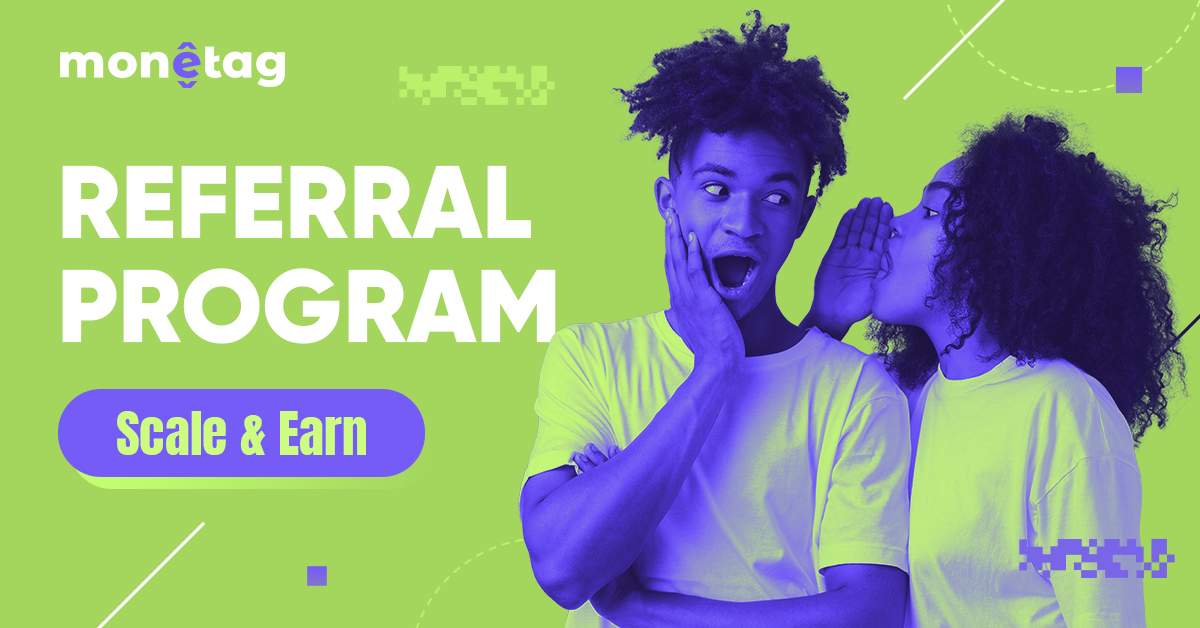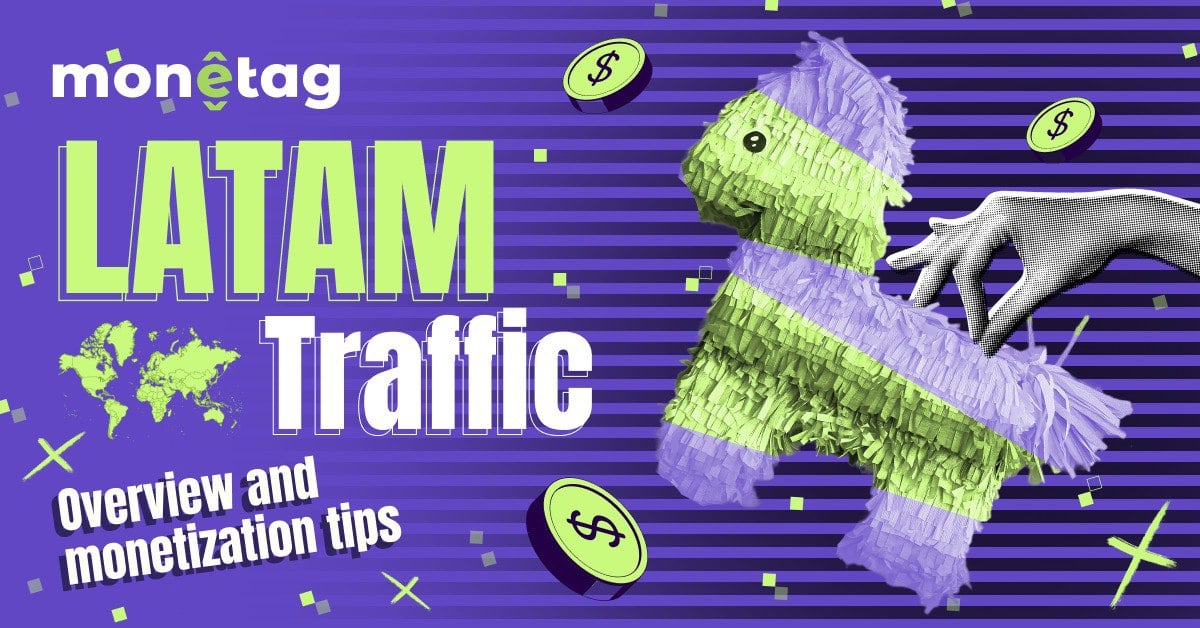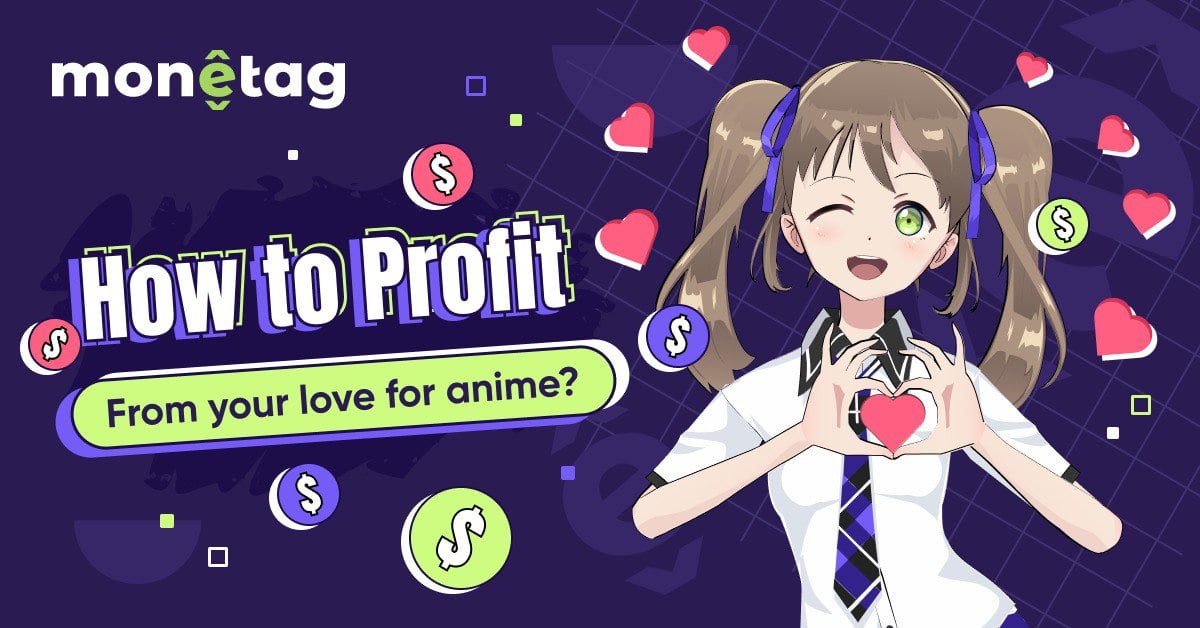How to Promote Your Telegram Mini App?

A real case study: a top-tier mobile gaming studio, known for its masterpieces with about a billion users in app stores, has recently launched a Telegram Mini App game. Its gameplay is perfect for TMA, and so are the mechanics. However, the game has only gained around 17K users in three months.
Why? They relied on their traditional viral growth: high ratings and organic discovery in app stores.
But things are different for Telegram Mini Apps. The unusual nature of the platform and its users requires novel approaches towards promotion.
What are these approaches? We covered them in this post together with our partners, Telegram Mini Apps experts.
Before You Begin: How to Prepare for TMA Marketing?
Telegram is unlike a traditional app marketplace – there isn’t even a catalog where users can search for something new. The audience is also pretty specific, particularly if your app is related to Web3 mechanics.
Roman Aliev from BDC Consulting puts it this way,
Hardly anyone bothers to analyze competitors or conduct proper research before TMA launches these days — most just rely on their luck.
So you can be ahead of the game if you prepare at least a little, right?
Know your audience
The main TMA audience is the so-called Airdrop hunters. These are people who might not be too much into Web3, but they know they can earn by performing some tasks, like tapping the hamster, if you know what we mean 🙂
So, are they the only users you can attract? Of course not. Basically, there are two types of TMA products you can come up with – and, roughly speaking, two types of related audiences:
- TMA in the Web3 niche: games with tokens and virtual assets. These games are mainly for those who understand how the crypto space works and have a genuine interest in it. Users from the Web2 world are unlikely to show high retention rates – they might try such a TMA to satisfy their curiosity, earn a little, and then leave.
The BDC Consulting team once worked with a TMA product that offered users the opportunity to sell tokenized real estate, cars, and gadgets. This app targeted average users, and the aim was to educate, onboard, and then funnel them to another product — a more complicated Web3-related mobile tool. However, the TMA turned out to be very complex for casual users: they tried it out, collected their earnings, and left.
Roman:
Forced education fails. People want micro-earnings, not to learn a new ecosystem.
- Utility TMA: Social apps for dating or purchasing SIM cards, as well as simple casual games with familiar gameplay, are attractive to wider audiences. They don’t require serious onboarding and educational warming up with the help of, say, bloggers, so more people return.
Prepare the analytics system
Any marketing effort will go in vain if you don’t track the results, no matter if you pay for traffic to ad networks or collaborate with influencers. So, your analytics system must include:
- Trackers will allow you to properly collect and analyze data. This can include Google Analytics, Amplitude, Telemetree, and others – you can find the top at the Findmini.app site.
- User journey. It’s crucial to think through every step a user makes at your app, from onboarding to reaching any level. This will later help you have a much better idea of the points where a user costs less, or a hole that leads to customer churn.
- Unit economics. You need to understand how much you are going to pay for a user, and how much this user will bring you on a particular stage. This will allow you to allocate the right budgets for your promo campaigns.
Mind the traffic stages
Sending loads of traffic right from the beginning is a mistake. A much better idea is to test your app on a smaller group of users and then scale it. Here are the stages Roman Aliev suggests following:
- Soft Launch: Start with 2-3 ad networks to test different audiences—performance can vary dramatically between platforms. Add some limited TMA traffic just to see how your app handles traffic spikes. Finally, try to collaborate with a couple of bloggers. This will help you see whether your app is too complicated or just too boring.
Roman:
Bloggers can bring you invaluable insights about your product if you see low retention rates. They hand-hold users through the onboarding process, explaining to them every little detail of how your app works.
“If users don’t stick around despite such a step-by-step guide, the problem might be hidden in the product itself – too weak, too dull. However, if blogger traffic shows good enough rates, you can most likely fix the issue by simplifying the onboarding, the UX/UI, or the mechanics.”
- Searching for new funnels: on this step, you can test new bundles and gradually grow to 100 – 500k users. Once you begin getting users at the price you are willing to pay within your unit economics, you can go to the next stage.
- Scaling. Now, it’s time to optimize and invest more budget into the most successful channels.
Choose the right traffic
Another case study from Roman: their team has a partner mini app called Cats&Dogs, which includes other apps in their task wall. So, Cats&Dogs is a traffic source for these apps, but it doesn’t perform similarly for all of them.
With just a week between reports, two apps sent their feedback on the Cats&Dogs traffic. The first app called it the best source, while another one considered it a failure. This perfectly illustrates how even the top traffic sources can differ in performance for various products.
Tip from Roman:
You need to check traffic daily – I even check it three times a day at the beginning stage. This will allow you to quickly disable non-valuable sources and also monitor bot activity or other anomalies.
Ways to Get Paid Traffic for Your TMA
Telegram Ads
- Average user price: 0.25-0.40 EUR
Telegram Ads is the official ad platform of Telegram. It allows you to post ad creatives – with texts, videos, or images – right in the channels, looking like this:

Within Telegram Ads, you can choose particular channels where you want to purchase an ad placement or select channel topics in your campaign settings.
Collaborations with other TMA
- Average user price: $0,02 – $0,04
Another option is to collaborate with other Telegram Mini Apps. Here is how it works: you negotiate with a TMA owner and ask them to include your app in their offer wall. As a result, users from your partner app will join yours to get some rewards.

Here are some tips from Roman on how to partner with other TMAs:
- Purchase no more than 50k users. Overall, the first 100k users have the best quality; the rest will most likely be much less engaged. One case study from Roman showed that the first 90k users from one partner app were 2,5 times more active than the next 100k. So, you can try out the traffic source with 50k users, and then purchase 50k more later if you love the results.
- Find similar partner apps. The Cats&Dogs case study we mentioned revealed an insight: the same traffic source can be a goldmine for one app yet a waste of money for another. The secret? Alignment. When your app’s core mechanics and gameplay closely match your partner app, the chances of getting active and engaged users are much higher.
- Prepare your app for traffic spikes. Your placement at a partner TMA will lead to a huge traffic flow. If your app doesn’t pass this stress test and crashes, you’ll burn your budget and lose your money. That’s especially crucial if you have a time-sensitive deal when you pay for, say, a 3-day placement.
Note from Roman:
Try free TMA collaborations — swap tasks with partners to gain extra traffic at no cost. While retention may be low, creative integrations (like MemeHustle’s themed events and social campaigns) can turn these into engaging content updates that boost overall activity. A smart way to grow while keeping things fresh.
Ad Networks
- Average user price: $0,04 – $0,08
Just like with TMAs, ad networks can show different performance for different projects. So, this is your way of trial and error. Here is a list of the top ad networks you can try out – but that’s just a small part of all the existing options:
Influencers
- Average user price: $0,02 – $0,04
According to Mike Tkal, FindMini.app founder, influencers help build product trust and drive high-quality traffic, especially when they work in niche communities. For example, collaborations with crypto bloggers can deliver exceptional results for Web3 gaming.
However, a single sponsored post on a Telegram channel is not usually enough. Users might accidentally scroll past it, drop reading halfway, or simply miss it. Typically, each ad post brings only about 10% of a channel’s full potential traffic.
The series of posts works much better. It can look something like this:
- Just discovered this awesome app
- Already reached Level 5 – look at this lifehack
- Wow, I managed to earn with this app!
Based on Roman’s experience, such post series consistently drive the highest volumes of in-game purchases as they build trust around the app.
Where to search for influencers? Vladislav Pomogaev, the SwiftAgency owner, suggests the catalogues at Telemetree and TGStat, as well as the ‘Similar channels’ recommendations you see after subscribing to a relevant channel.

Ways to Get Free Telegram Mini Apps Traffic
We already mentioned free TMA collaborations, but is this the only way to get unpaid traffic for your mini-app? Luckily, no – and here we speak about catalogues, referral programs, and even a kind of SEO-optimization of your apps.
App Catalogues
As you already know, Telegram doesn’t have any built-in TMA catalogs like the App Store or Google Play. However, there are several third-party catalogs, and it’s a good idea to place your app anywhere it’s free.
Here are some catalogs you can join:
- FindMini.app
- TonScout
- Appss
- FKton
- ArchitechTON
- iME – Lime
- AppOrbitBot
- PunkLand
- Bizzon
- Radar
- Ton.App
- dyor.io
- RadarTG
- PlayDeck
SEO
Telegram Mini-Apps are indexed in Telegram search, so it’s important to properly format the name, description, and preview. However, the traffic volume there is rather low.
According to Vladislav Pomogaev, this works best for Utility apps – if you add the right keyword in the app’s name.

Social Networks
Instagram, TikTok, and YouTube Shorts are powerful tools to boost the interest of the audience towards your mini app, especially when you showcase the gameplay and key app features.
According to Mike Tkal, it’s essential to create native videos: not just simple ads, but real tutorials, gaming lifehacks, reviews, and challenges.
Notcoin and Hamster Combat’s experience proves this: their YouTube videos generated millions of views and drove huge volumes of organic traffic.

Referral Programs
Here, your task is to offer a valuable reward that motivates users to invite friends. Here are proven strategies from Vladislav and Roman:
- Multi-tier rewards. Offer bonuses for both direct referrals and their invites, too (friends-of-friends).
- Competitive leaderboards. Showing rankings of the referrals will create a competitive spirit and motivate a user to keep using the app and beat the competitors.
- Special rewards: An exclusive feature that a user gets access to only after bringing a certain number of referrals. For example, one app requires you to bring 2 players before you can withdraw your funds.
- Social hooks. A good example is the Dogs app, where users could check how old their Telegram accounts are by sharing this info with the app’s link in Telegram stories.
Note: Besides the custom affiliate programs you can design yourself, Telegram offers its own Ambassador Program, which you can use for your TMA, too.
To Sum Up
As you see, there are plenty of methods and lifehacks on how to make your TMA viral. Or not so viral, but at least having a loyal audience you can monetize.
Anyway, we can handle most of the monetization efforts for you, while you focus on creating TikTok content or analyzing metrics. If your app gains traction, you have all the chances to monetize it successfully with Monetag.
